When you mention Scotland to anyone, most people instantly think of the Loch Ness Monster. Some will think of Edinburgh, of the tattoo and Hogmanay, while others will go further back and start citing facts and figures surrounding the historic Battle of Culloden. Scotland is a diverse country, with cities and towns lying beside wild moors. The scenery ranges from smoky cities, quaint villages with stone-built houses and shaggy cattle, to vast Lochs and towering mountains.
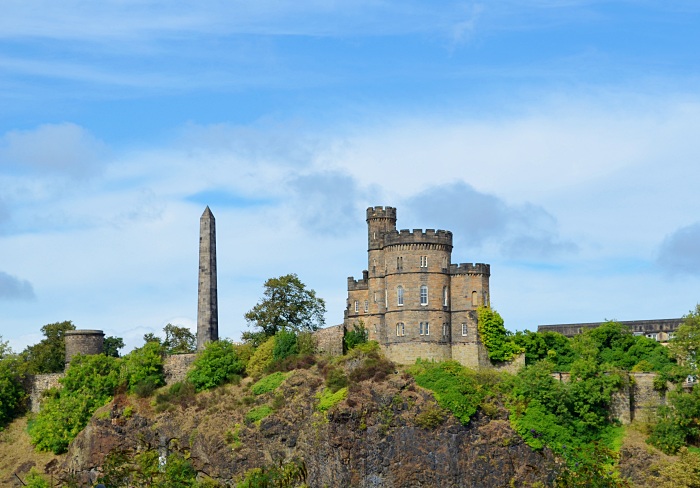
Scotland can be explored in many ways – on foot, by train, car or bus but, no matter how you do it, your experience will be unforgettable. It is a country steeped in history, litter with castles and the battlefields where the clans fought for their lives and their livelihood. Choose between quiet beaches, miles of heather-covered moors, historic towns and lively cities, not to mention the islands that lie off the coast but, whatever you decide to do and see in Scotland, there are some unmissable places.
- Edinburgh Castle
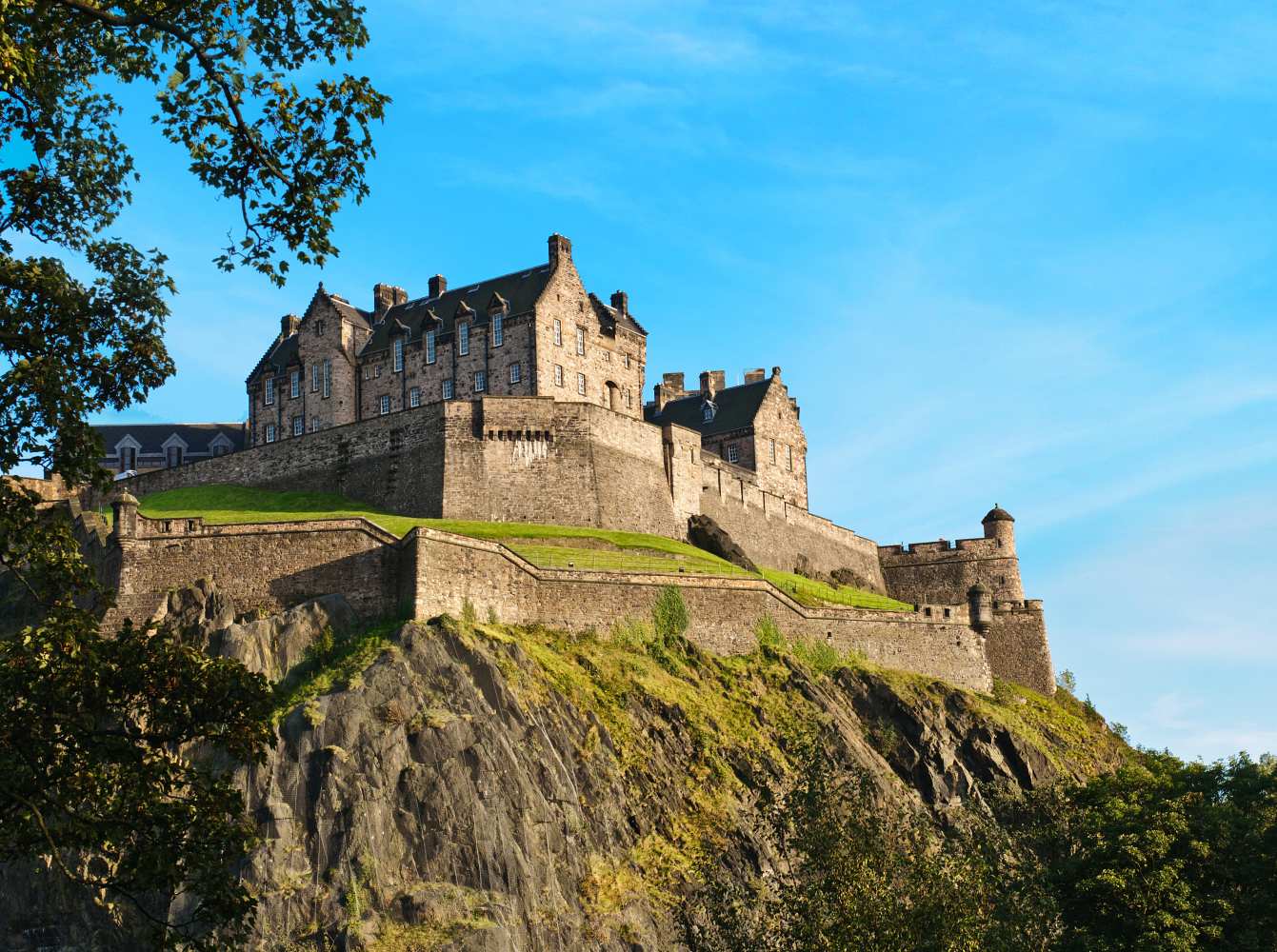
Edinburgh Castle has towered over the city since it was built in the 13thCentury. It is situated on the top of black basalt rock, offering spectacular views over the city and a thoroughly riveting trip through the history of Scotland. Some of the highlights include the Crown Jewels, the Stone of Scone, or Stone of Destiny as it is better known, and the oldest building in the city, St Margaret’s chapel which was built in 1130, predating the castle itself. The castle is accessed from the Esplanade by a drawbridge over a moat. The Esplanade is home to the famous Tattoo, held every August and one of the biggest tourist attractions. William Wallace and Robert the Bruce watch over the gates in their bronze forms and below the castle, lies the Royal Mile. This leads steeply down to one of the more famous landmarks in Edinburgh, the Palace of Holyroodhouse, on streets that are lined with shops, tearooms, kiltmakers, cafes, and museums.
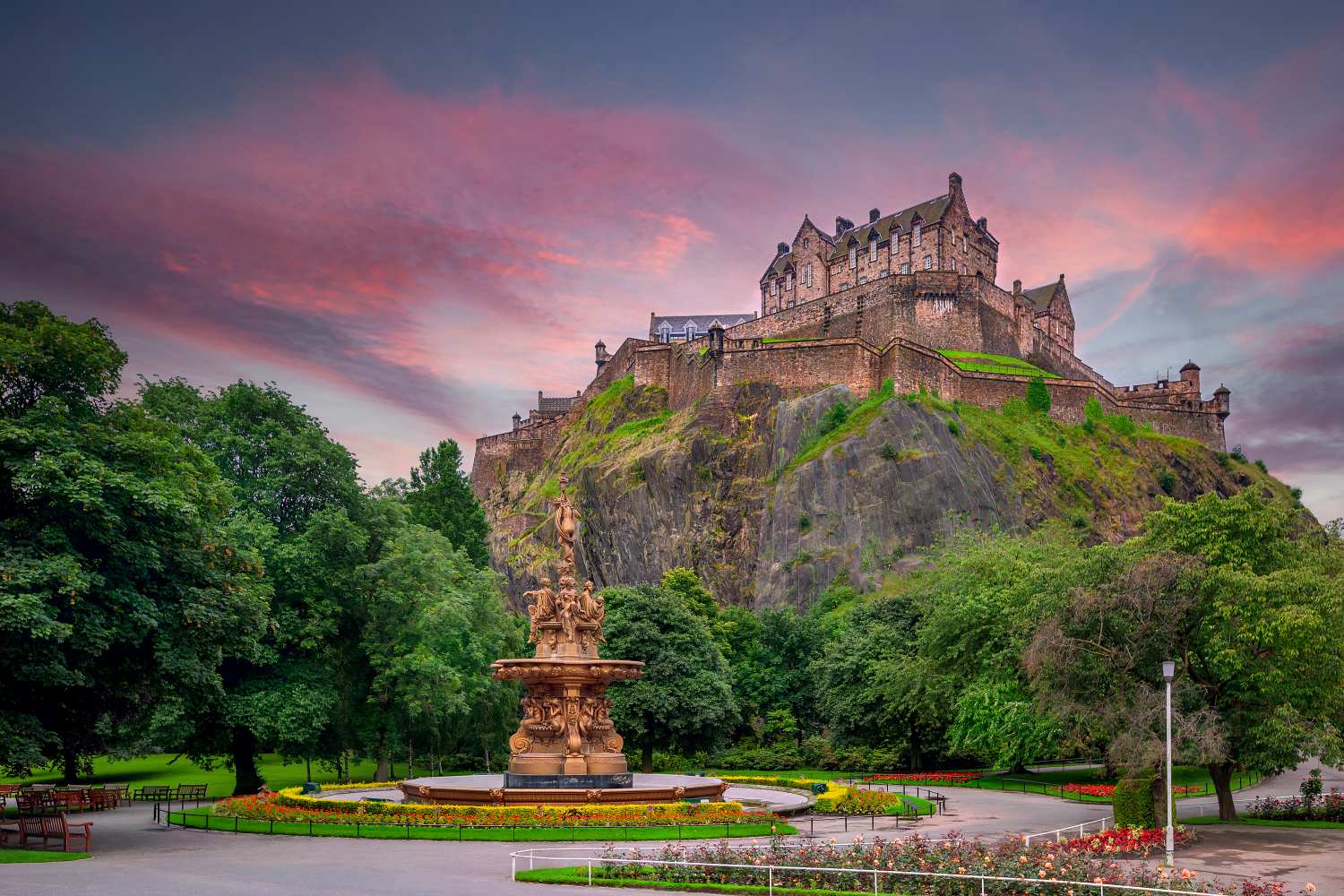
- Loch Ness
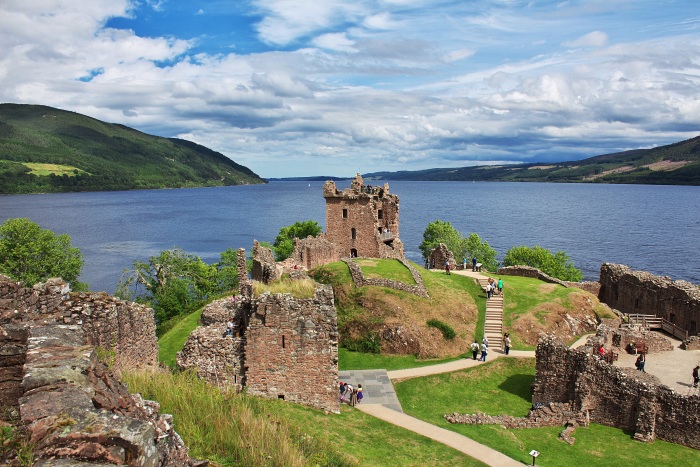
Just hearing the words, Loch Ness, is enough to bring images of the mythical Loch Ness monster, a monster that has, if legend is to be believed, lived in the loch for an untold number of centuries. Loch Ness stretches for 23 miles, the largest single body of water in the Great Glen that connects the East and the West coast of Scotland. Loch Ness is joined with three other Lochs by the Caledonian Canal, where you can take a short boat ride or a cruise that lasts six hours, from one end of the canal to the other. The Loch is surrounded by spectacular scenery, but all of this is overshadowed by the Loch itself.
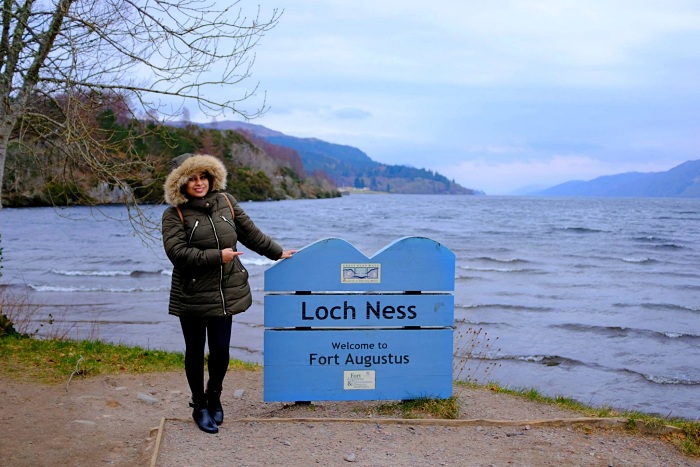
On a hill above the Loch, you can see the ruined Urquhart Castle, a castle surrounded by myth. Built in the 12thCentury, the castle was burnt down around 500 years later. The best way to see Urquhart Castle is from the Loch; either visit it by boat or sail past it on a Loch Ness Cruise. At the Drumnadrochit Hotel is an exhibition and information about the geology of Loch Ness, adding to the legend of the monster.
- Isle of Skye

The Isle of Skye is the biggest of the inner isles and is a very popular place for ramblers, birdwatchers and anyone who loves nature. The mountainous backdrop overshadows caves, green valleys, beaches, glens and waterfalls, an inordinate amount of attraction spots for an island that is no more than 50 miles in length and, at its widest point, just 15 miles. On the island, you will find what’s left of primeval oak forests, plenty of wildlife including seals, otters and more than 200 different species of bird. You can easily get to Skye by car, over the bridge, or by ferry.
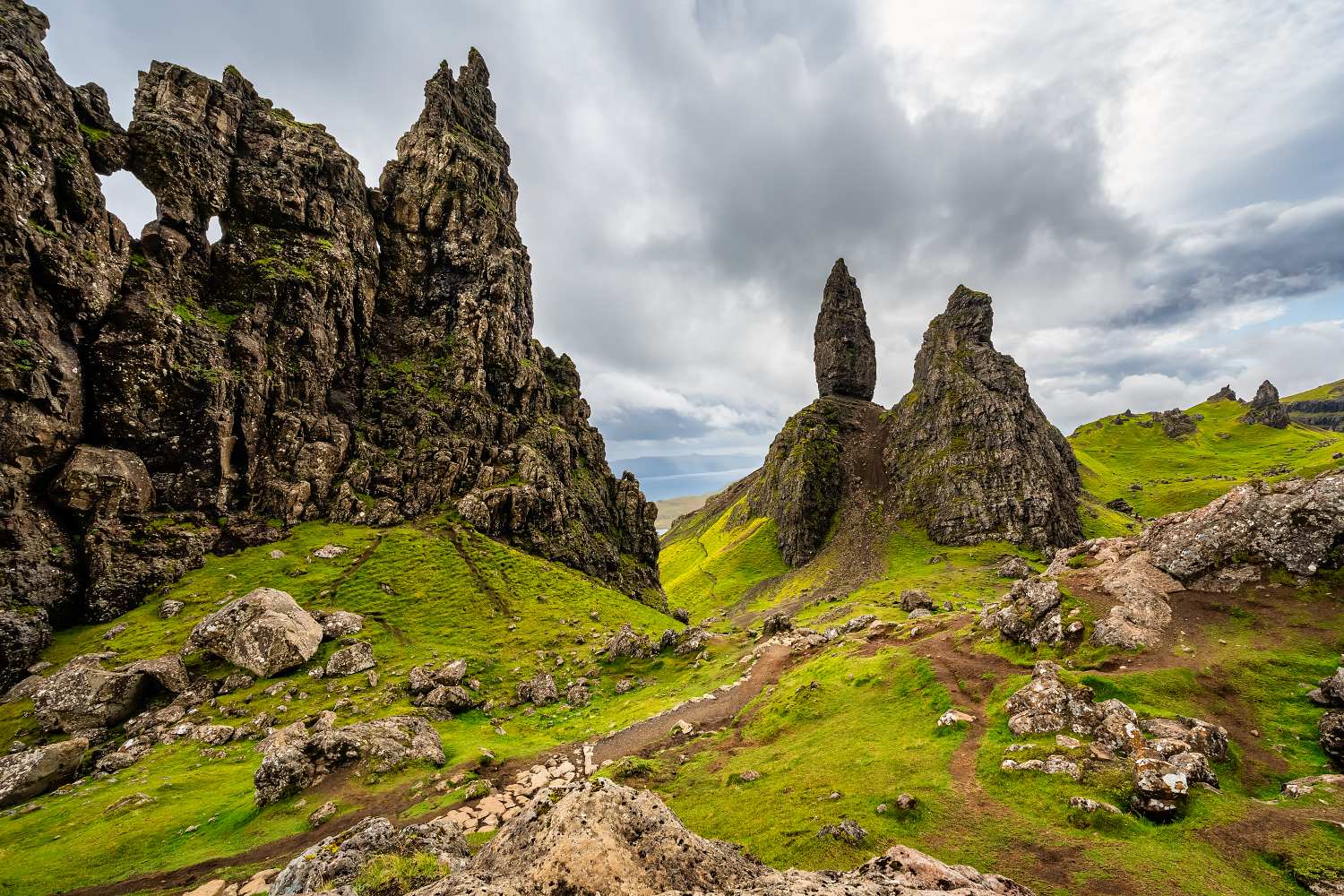
- The Northern Highlands
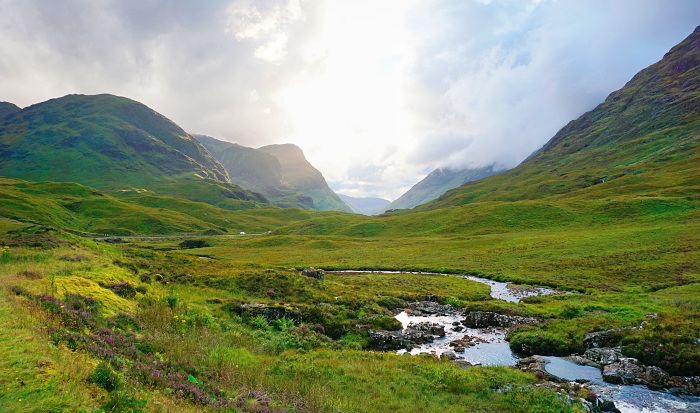
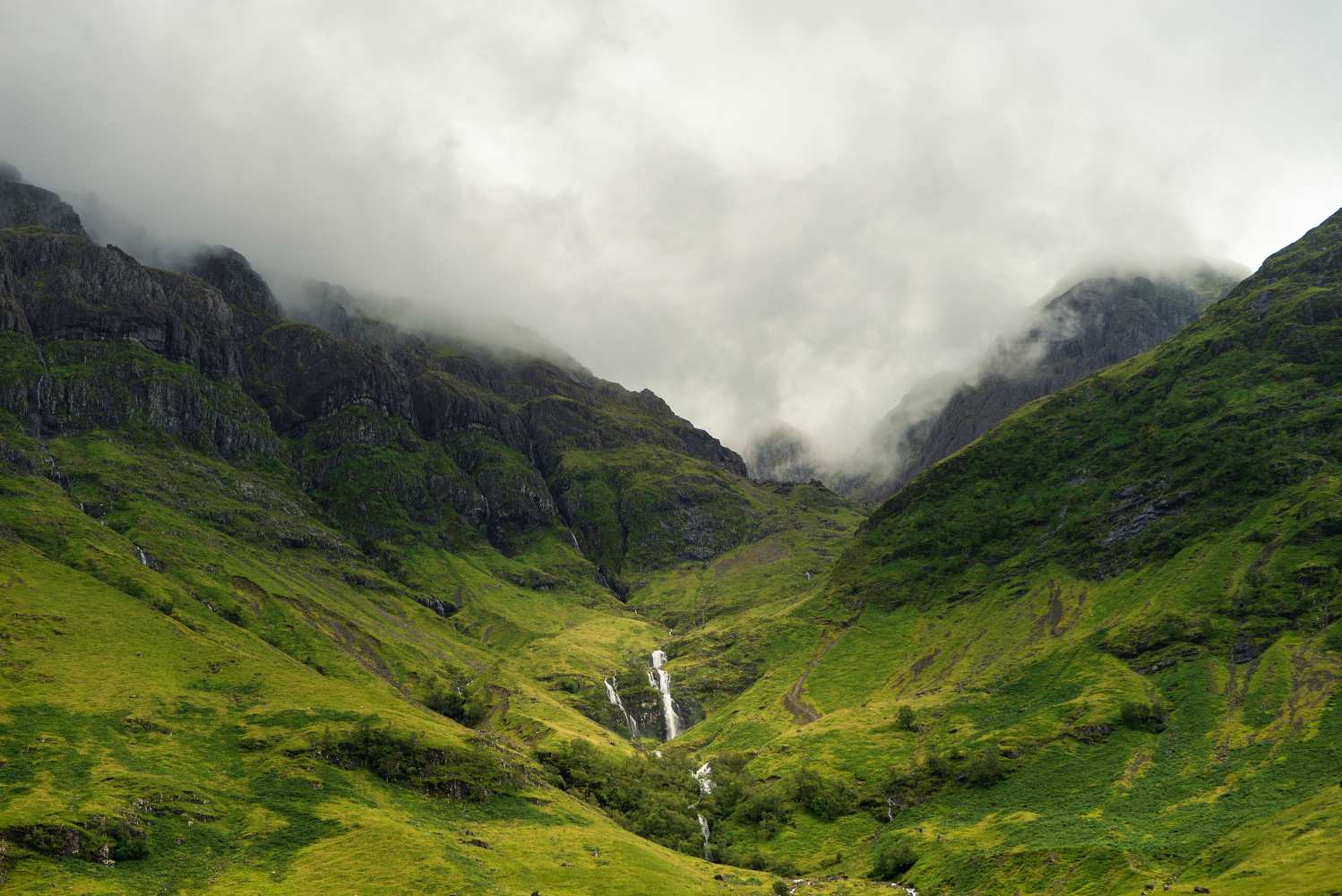
The Scottish Highlands are a mysterious place, full of mountains and rugged landscapes, with a violent yet romantic history. Barely inhabited, the rocky shores and the mountainous plains of the Northern Highlands are visited by bikers and hikers, along with those who enjoy fishing, white-water rafting, sea kayaking, golf and gorge walking, and it is the largest National Park in the United Kingdom. The highlands are dotted with tiny towns and villages, offering lodgings and eateries. In Dornoch, a tiny village on the coast, you can see a Cathedral and ruins of a castle. In John O’Groats, where you can look over the Penland Firth, you can see a sign that proclaims it the most northern point in Britain, 827 miles away from Lands End, the most Southern point in Britain. Exploring the Northern Highlands is easy now that the North Coast 500 tourist route is open.